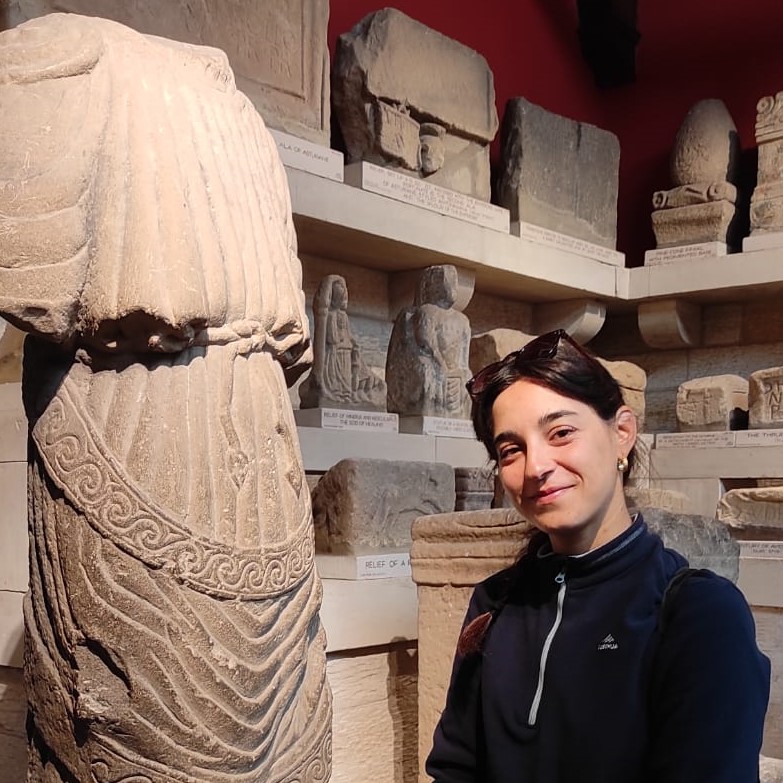PhDs
 Intra et extra moenia: topographic analysis of the relationship between the Caelian fringe belt and the south-eastern suburbium of Rome.
Intra et extra moenia: topographic analysis of the relationship between the Caelian fringe belt and the south-eastern suburbium of Rome.
Sofia holds a bachelor's degree (first-class honours) in History and Conservation of Archaeological Heritage (University of Florence), with a specialization in Medieval Archaeology, Archaeology of Architecture, and Structural Analysis. Her bachelor dissertation was entitled The Parish Church of St. Peter in Romena (12th century): stratigraphical analysis of the external elevation of the apse.
She then graduated in Archaeology (first-class honours) at the University of Florence in April 2020 with a master's dissertation on the topography of the western Caelian hill: The western Caelian Hill: Christianization of a “fringe belt” in Rome (supervisor Prof. Paolo Liverani, co-supervisor Prof. Margherita Azzari).
Her principal research interests involve Landscape Archaeology, Archaeology of Architecture, Ancient Topography, and Urban Morphology. Other core aspects of her academic research are the cultural aspects of the Late Antique society – with a specific focus on the urban contest and the architectural evidence –, the Christianization of society, and the building activity of the Church.
During her studies, she has participated in various archaeological fieldwork and excavations in Roman and medieval sites, and in archaeological surveys using non-invasive analysis methods. Among these, she participated in the Lateran Project (2019) and the Rome Transformed Project (2020 – ongoing).
She is currently a PhD candidate at the University of Pisa (supervisor Prof. Paolo Liverani) and visiting PGR at Newcastle University. Her PhD project aims to a broader and more detailed understanding of the relationship between Rome and its suburbium between the Imperial and Late Antique ages, focusing on the outermost area (fringe belt) of the Caelian hill and the south-eastern portion of the suburbium. The PhD combines insights from Urban Geography and Urban Morphology and archaeological data from surveys to outline the dynamics underlying the evolution of the ancient settlement network and land-use patterns, to provide an updated vision of the symbiotic relationship between Rome and its suburbium.








